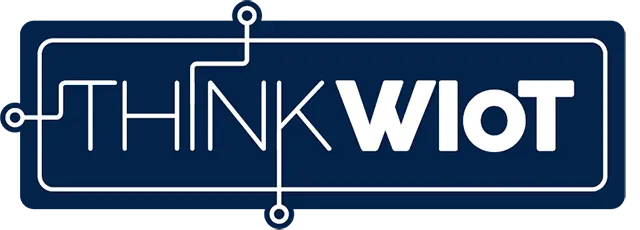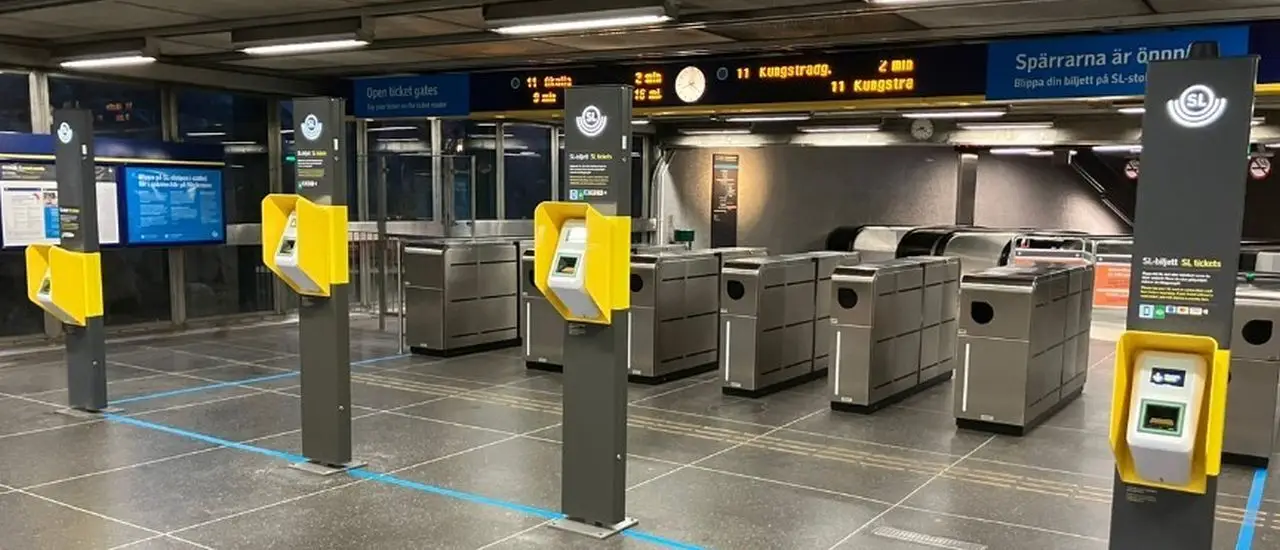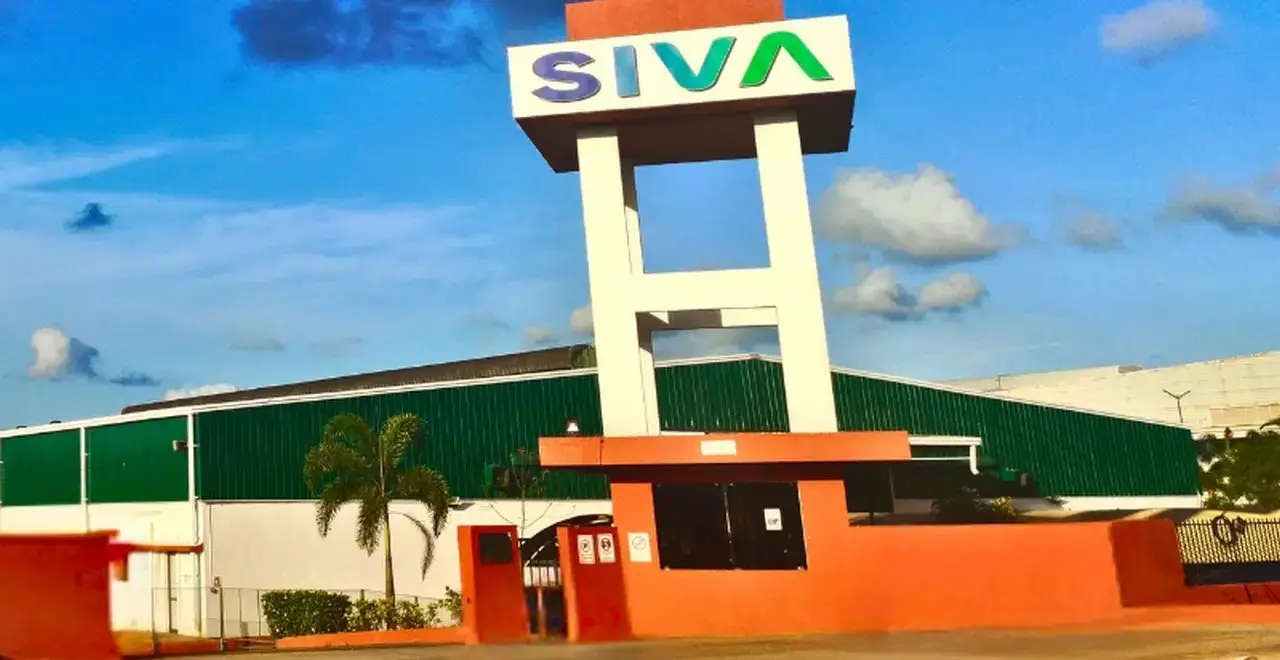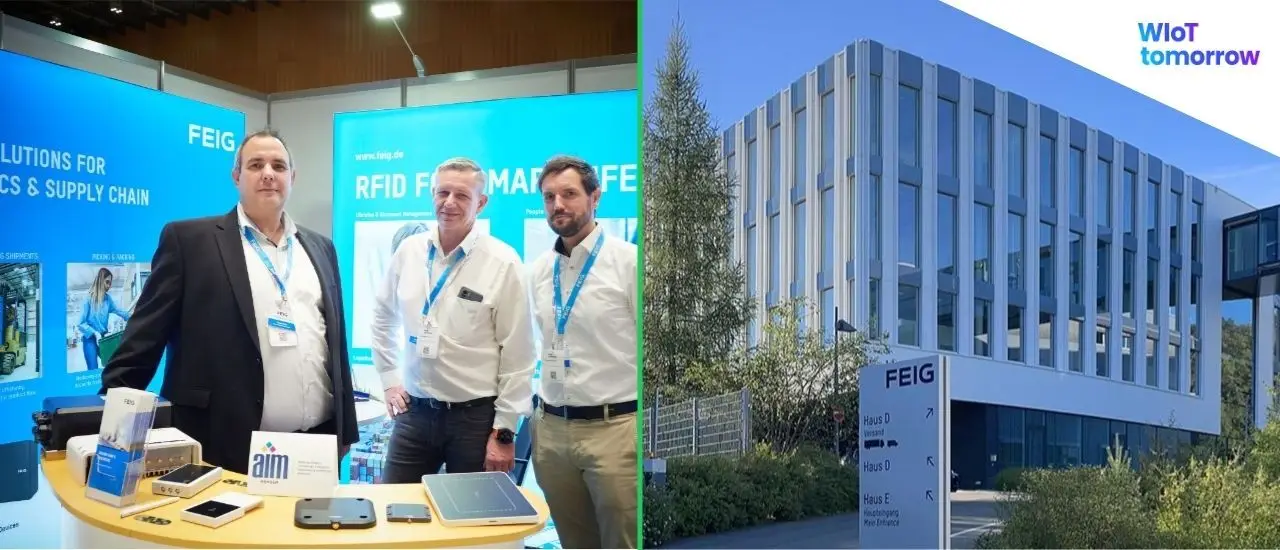- Fare evasion fell 26 percent, from 3.1% in 2019 to 2.3% in 2023, recovering millions of Swedish Kronor annually.
- Ferry ticket validation improved from 58% (Nov 2021) to 89% (Mar 2025), ensuring fair contribution to service costs.
- HID validators (VAL100, VAL150, TripTick 220) were deployed across 2,600 buses, ferry and tram platforms, and 1,035 metro gates.
- The system is EMV Level 2 certified and PCI/SRED compliant, enabling secure contactless and EMV payments.
- An open-architecture platform allows SL to integrate future technologies without costly wholesale replacements, protecting public investment.
Stockholm County is Sweden’s most densely populated region. Although it covers only 2 percent of the country’s total area, it is home to more than 2 million people, representing 20 percent of the national population.
For residents and commuters, a reliable and modern public transportation system is essential for mobility and quality of life.
The public transit network, operated by Storstockholms Lokaltrafik (SL), includes a complex system of buses, ferries, trams, and metro lines, used by hundreds of thousands of passengers every day. However, in recent years SL faced mounting challenges: outdated ticketing infrastructure, rising fare evasion, and evolving passenger expectations in an increasingly digital and mobile-first society.
To tackle these issues, SL launched a comprehensive modernization program aimed at eliminating paper tickets, enabling seamless contactless payments, and optimizing operational efficiency. After a competitive public tender, SL chose HID, a global leader in trusted identity and authentication solutions, as its partner.
The result: a future-ready, integrated ticketing system that significantly improves the passenger experience while recovering millions of Swedish Kronor through reduced fare evasion.
Stockholm’s Modern Public Transit Ticketing System
Challenges Facing Stockholm Public Transit Before Modernization
SL’s previous ticketing system relied on a closed, proprietary architecture, making upgrades difficult and costly. Several critical challenges emerged:
Digital expectations: Passengers increasingly demanded mobile-based ticketing and contactless validation via smartphones and digital wallets.
Revenue loss: Ticket duplication and unauthorized sharing through social media caused millions in annual revenue losses.
Operational complexity: The new system had to provide seamless validation across buses, ferries, trams, and metro stations — all while maintaining continuous service during the transition.
Harsh climate conditions: Stockholm’s extreme winters required waterproof and weatherproof hardware for reliable outdoor operation.
Financial strain: With the old system’s closed architecture, expanding the infrastructure would have been prohibitively expensive without solving the underlying issues.
Karin Harrius, Business System Administrator, Ticket Readers at SL, reflects on the complexity of the project:
“Serving hundreds of thousands of passengers daily across multiple transit modes required a ticketing solution that could scale with our needs while providing a consistent experience for our riders. We chose HID for its multi-technology validators for buses, ferries, and gates, as well as its ability to run side-by-side with our legacy systems. It was a real challenge for everyone involved, but it was one we overcame together.”
HID Technology Powers Integrated Ticketing Across All Transit Modes
After an extensive evaluation process, SL selected HID’s open-architecture ticketing solutions as the foundation for its modernization project. This approach allowed SL’s technical teams to develop in-house customizations, such as modifying screen content, while keeping long-term flexibility to integrate future technologies without costly infrastructure overhauls.
The phased rollout ensured continuous service by running legacy and new systems in parallel, giving staff and passengers time to adapt to the upgraded environment.
Deployment Highlights
The modernization covered every aspect of SL’s transit network with consistent validation technology:
Buses – HID VAL100 Validators
Installed on 2,600 buses, combining HID TripTick™ barcode scanning, NFC/RFID, and contactless EMV payments in a single point of presentation. Passengers can now use smartcards, mobile phones, or paper tickets interchangeably.Ferries and Tram Platforms – HID VAL150 Validators
Waterproof and ruggedized for outdoor use, with 140 units deployed on ferries and 320 units on tram platforms to ensure reliable validation in extreme Nordic weather.Metro Stations – HID TripTick 220 OEM Modules
Integrated into 1,035 fare gates and ticket machines, these modules support barcode, NFC, and contactless EMV formats, creating a unified passenger experience across the metro system.
All devices are EMV Level 2 certified and PCI/SRED compliant, ensuring secure and compliant payment processing.
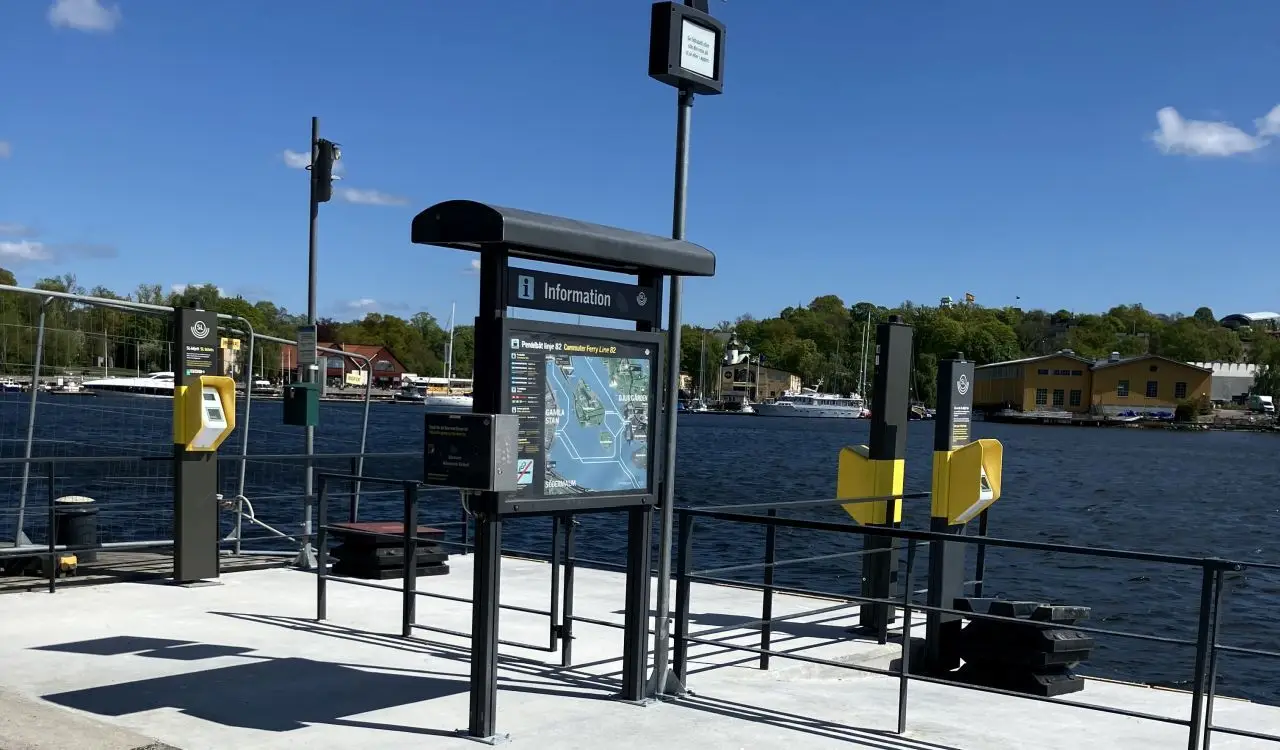
How Stockholm Reduced Fare Evasion by 26 Percent
Unified Validation Across Buses, Ferries, Trams, and Metro
The collaboration between SL and HID has delivered tangible results, significantly improving SL’s operational efficiency and financial performance:
Fare evasion reduced by 26 percent
From 3.1 percent in 2019 to 2.3 percent in 2023, translating to millions of Swedish Kronor recovered annually for reinvestment in public transit infrastructure and services.Enhanced passenger experience
A consistent validation process across all modes of transport simplifies travel and increases compliance and satisfaction.
Improved Ferry Validation Rates and Revenue Recovery
Ticket validation rates on ferries jumped from 58 percent (Nov 2021) to 89 percent (Mar 2025). This dramatic improvement ensures that all passengers contribute fairly to maintaining Stockholm’s vital ferry routes, which connect islands and waterways throughout the city.
Future-Proof Public Transit Infrastructure with HID
Scalable Open Architecture for Continuous Innovation
HID’s open architecture allows SL to integrate new technologies and services without needing to replace the entire system. This future-ready approach protects public investments and ensures that Stockholm’s transit system can evolve alongside changing passenger expectations and emerging digital trends.
“The Stockholm SL deployment represents one of our most comprehensive transit implementations to date,” says Tony Kington, Managing Director, Access-IS Business Unit at HID. “Our open architecture is designed to help customers like SL stay future-ready as new technologies and passenger behaviors evolve. This project exemplifies what’s possible when hardware and software work in harmony.”
A Model for Sustainable Urban Mobility Worldwide
Stockholm’s modernization is more than a technical upgrade — it’s a strategic transformation of how public transit operates in one of Europe’s fastest-growing metropolitan regions.
By adopting a digital-first, scalable solution, SL has positioned itself to meet today’s needs while preparing for tomorrow’s challenges. As cities worldwide face similar pressures from population growth and sustainability demands, HID’s technology demonstrates how wireless IoT and integrated ticketing can:
Reduce operational costs
Increase service quality
Deliver sustainable, long-term value
Stockholm now serves as a global benchmark for modern, connected transit infrastructure, showing how technology can deliver efficient, sustainable mobility for millions.
